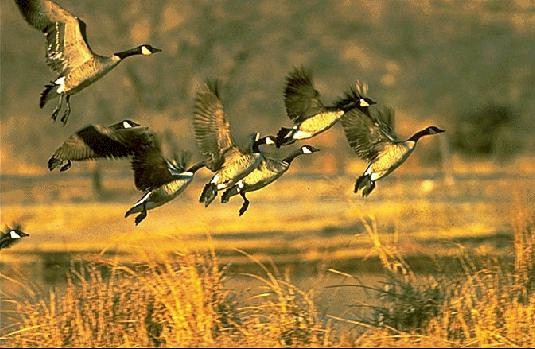
The Innu have never surrendered their ancestral territory to the Canadian government. They are currently in negotiations with the government in an attempt to reach a land rights agreement with them
In 1994 one of the richest nickel deposits in the world was detected in the Emish area of the region, also known as Voisey’s Bay. Since the discovery extraction activities at the site have expanded rapidly, there are now 14 drills active on the site and engineering and planning for the mine is now well under way. The two base camps at the site currently support a workforce of approximately 120 people
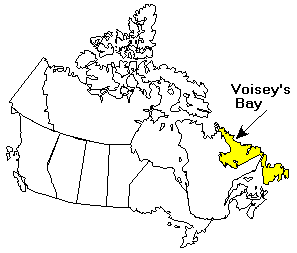
Conflicts
The Innu have always opposed the mineral exploration at Emish, which commenced without the communities consent on land they believe they have a claim too.
Issues include

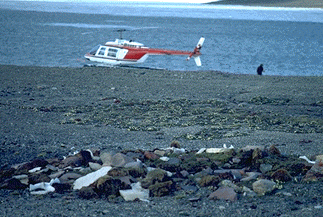
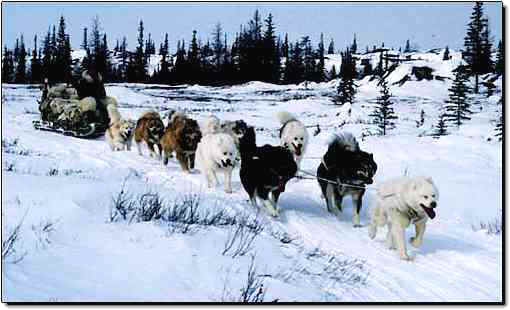
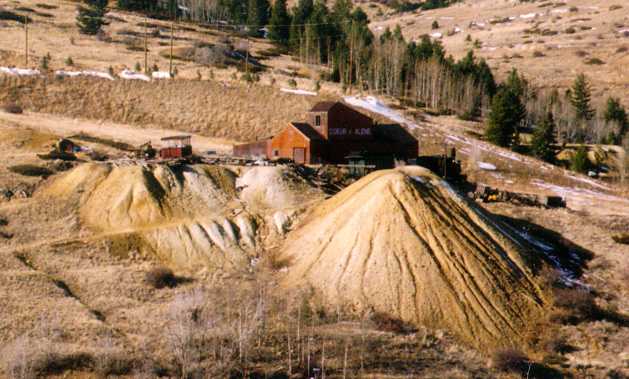

Pollution of the Emish food chain, including
contamination of the Innu’s traditional source of food
The community requested the Newfoundland government for interim protection for the area to put in place while the land rights negotiations were in process. They also asked for a moratorium on mining development until a land rights settlement had been reached. The Provincial government did not carry out these requests Negotiations were also attempted between the community and the mining companies, but these ended abruptly when the companies stated they did recognise Aboriginal rights in the area
In 1999 the Innu people filed a court application appealing to the Federal Court of Canada to reverse a recent decision that allows proposed projects in the Nitassinan to proceed without land claims being settled or an impact and benefit agreement being in place